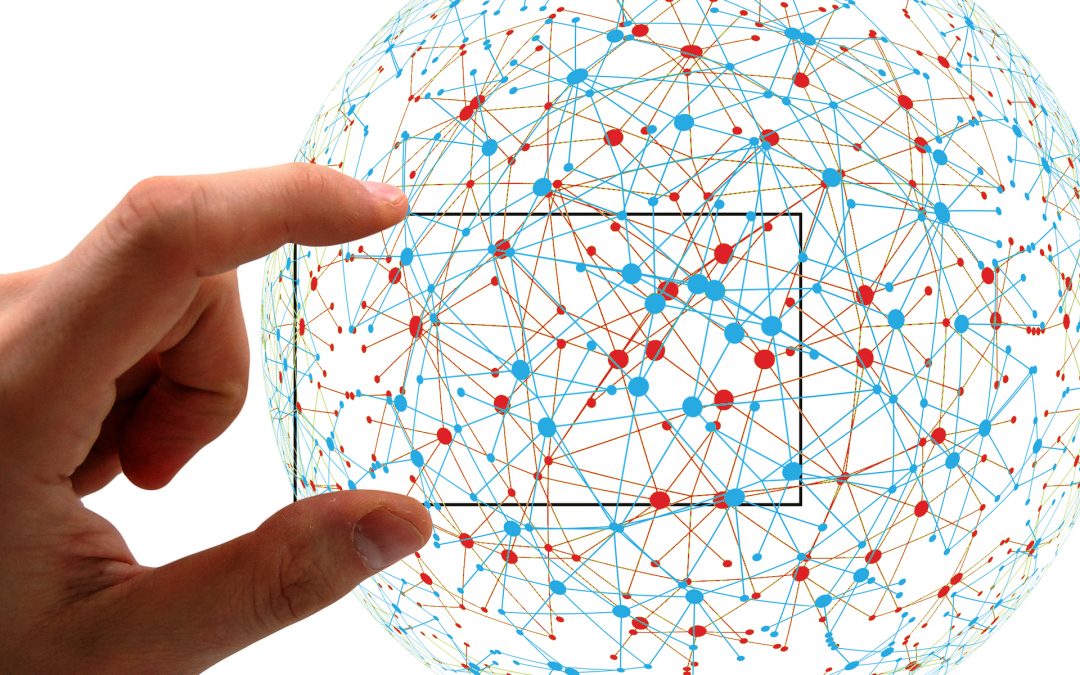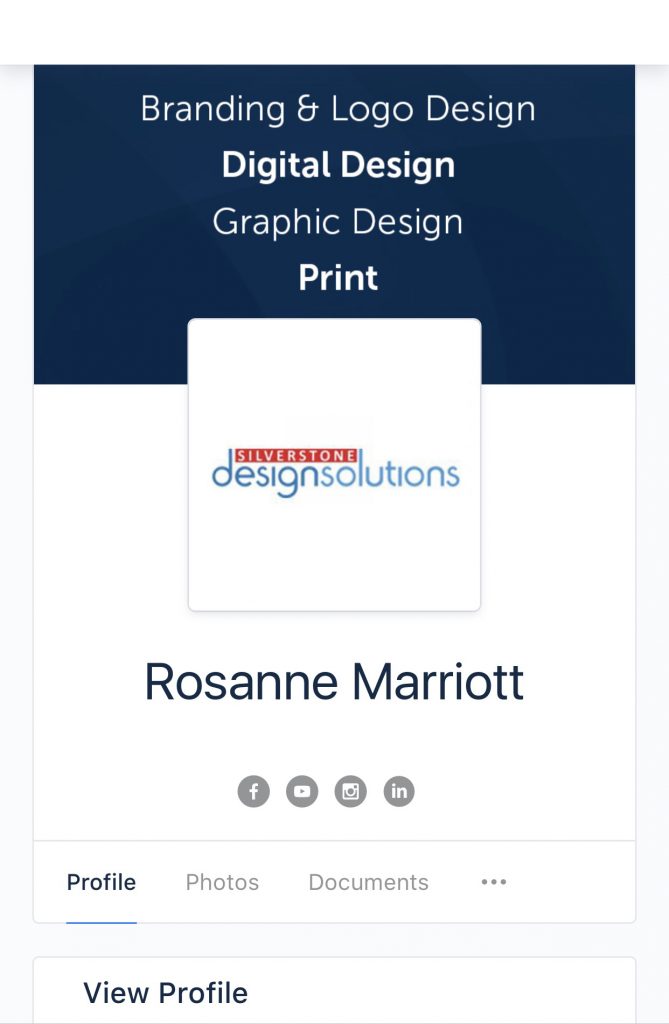Printed business cards have been on the decline in the last couple of years so we think 2022 might be the year more businesses make the transition to digital business cards. I thought I would take a look at what they are, the advantages of using them and how Silverstone Design Solutions can help.
Printed business cards were an important item that everyone used to take to business and networking meetings. If you forgot your cards it felt like a missed opportunity to connect. I would even make sure I had some cards in my handbag if I was out socialising because you never know when someone is going to ask for your details. As a graphic designer and printer, I always made sure I spent time creating a well-designed business card for myself and one that showed off the high quality print Silverstone Design Solutions could provide. For me, business cards were part of my marketing materials, not just to give contact information.
Then since COVID hit in March 2020 and everything went online, I haven’t handed out a single business card! Even though many meetings have now returned face-to-face, business cards aren’t exchanged. COVID has made all of us aware of spreading germs and we are all taking extra precautions. I have designed and printed business cards for a few clients but it’s definitely far fewer than it used to be. It is estimated that 27 million business cards were printed daily before the pandemic.
At networking meetings now, the organiser usually sends out a helpful form (which attendees print at home or bring to meetings digitally) with everyone’s contact details on. This form works in person or virtually but it doesn’t provide any business branding to separate one person from another. Which is something that physical business cards used to provide.
We all know that printed business cards aren’t the easiest way to transfer your details to someone else. In fact, they are quite old fashioned because unless you have a business card reader (which aren’t always accurate) you have to manually enter the information if you want the details digital. At some point you will probably require that information digitally whether it’s for sending an email or adding someone to your newsletter.
Printed business cards have served us well but as shown below the disadvantages are now greater than the advantages;
Advantages of printed business cards
- Personal touch – more of a personal connection rather than just exchange of details.
- More room for creativity, your business card can spark a conversation
- You have a physical item you can pass on to someone else.
Disadvantages of printed business cards
- Cost of getting them designed and printed.
- If you need to update your cards you have to have a whole reprint
- They can only contain limited information because of the size.
- You have to remember to take them to a meeting
- No feedback on how many times your card has been given out
- You have to record the details from the cards manually
A digital business card (also known as a virtual or electronic business card) is created and stored on your phone. It includes all your contact details which can then be shared easily with others. It also includes your logo along with business branding and can often have video and imagery to make it stand out and give people that extra bit of information about what you do.
Sharing digital business cards
There are 2 ways that digital business cards can be shared. Either with Near-field communication (NFC) or Quick response codes (QR codes). We are now all a bit more familiar with QR codes after scanning them in restaurants to get menus and everything Covid-related but you may not have heard of NFC.
…with Near-field Communication
When using NFC cards your business information is added to a chip or tag which is then stored in a physical business card. You would purchase 1 business card (which is made of a hardwearing material such as wood, metal or plastic) which contains the NFC chip. You keep hold of your card and take it with you to meetings. The physical business card is branded to your business and often only has minimal information printed on it such as your logo and name because the rest of your information is contained in the chip.
When you want to share contact details with NFC the card is tapped on a compatible phone and it wirelessly opens the contact information from the card on the phone. Click ‘Add to Contacts’ and the contact details are added to their phone. You have to always have the card with you to enable you to share the chip. Therefore, you wouldn’t be able to share your contact details online just with an NFC card.
Most NFC cards also have a QR code printed on them so that if your phone doesn’t support NFC you still have the option to scan the code. Some phones before 2018 won’t support it.
…with QR Codes
A fully digital business card is one that is designed and stored on your phone. It is shared by showing the QR code related to your card (either digitally or printed) and the person you are sharing it with will scan it. Generally, you can scan it through your camera, you don’t need a separate QR app, as was required in the past. Then like NFC cards your information is opened on a contacts phone and you can be added in to their contact list easily.
The information below shows how the advantages of digital business cards outweigh the disadvantages;
Advantages of digital business cards
- Easy to update information, the details on your digital card can be changed as many times as you like without changing the QR code image
- Not limited to standard business card size
- Easy to share
- Can contain links to your content to allow people to easily access your brand
- Cost effective
- Great for online networking and virtual events – the QR code can be scanned through a screen.
- Saves info directly to phone contacts
- Less waste/reduces your carbon footprint
- As long as you have your phone/QR code you have your business card.
- Track results, you can gather some insights into how many people scanned your QR Code, at which location and on what day.
Disadvantages of digital business cards
- Relies on having a wifi connection and smart phone
- Lack of a personal touch
- You have to connect with someone to get their business card. You can’t just pick up one of their cards.
If you’re looking to transition to digital business cards, we think it will be useful to have a smaller number of business cards printed that include a QR code incorporated into the design. This will still give you the option to give out a physical business card if required but contacts who want to can scan the QR code and save your details without needing to take one of your business cards.
If you’re looking for help with digital business cards Silverstone Design Solutions can;
- Set up a QR code including adding your brand colours and logo to it.
- Design a branded digital business card for you with your contact details and imagery. All of which can be updated easily.
- Design and print business cards that have your QR code incorporated.
- Create virtual backgrounds that have your QR code incorporated.
Contact rosanne@silverstonedesignsolutions.com to discuss the business card options available to you.


